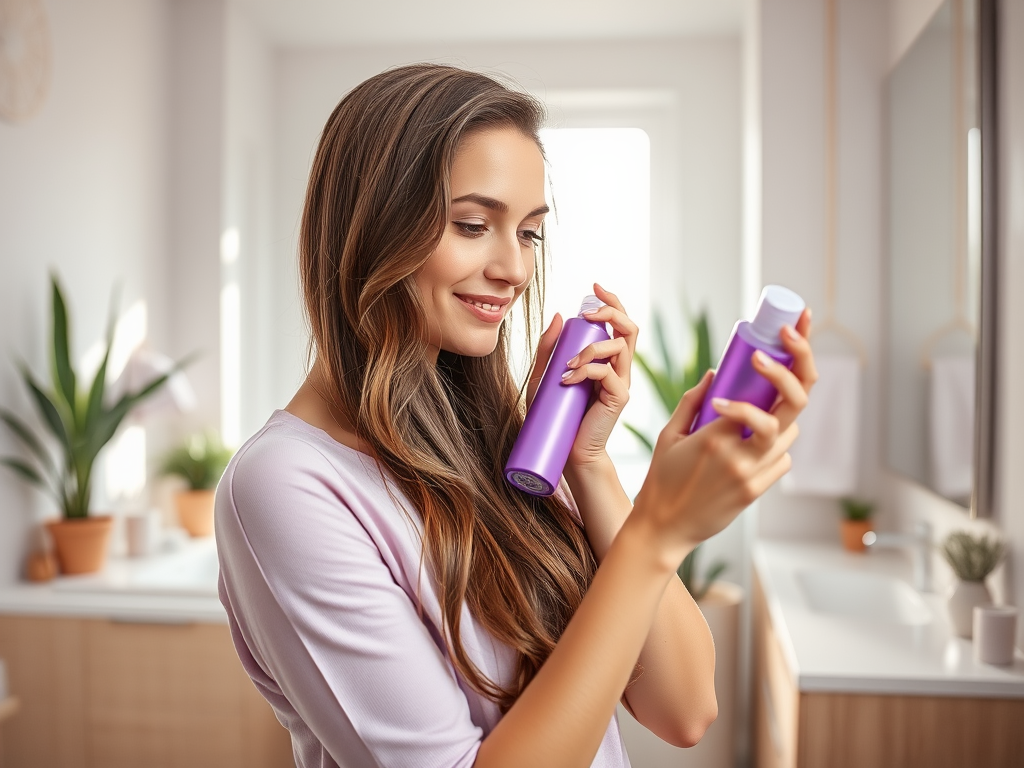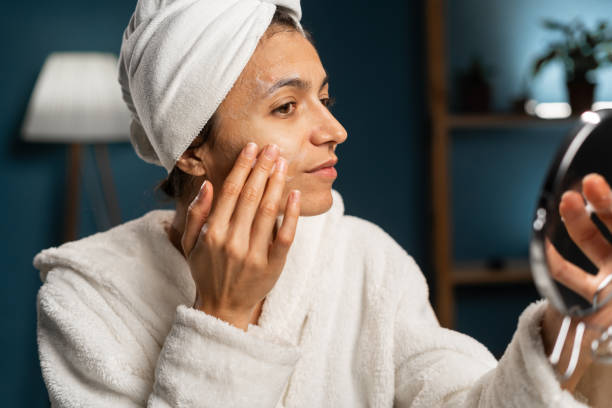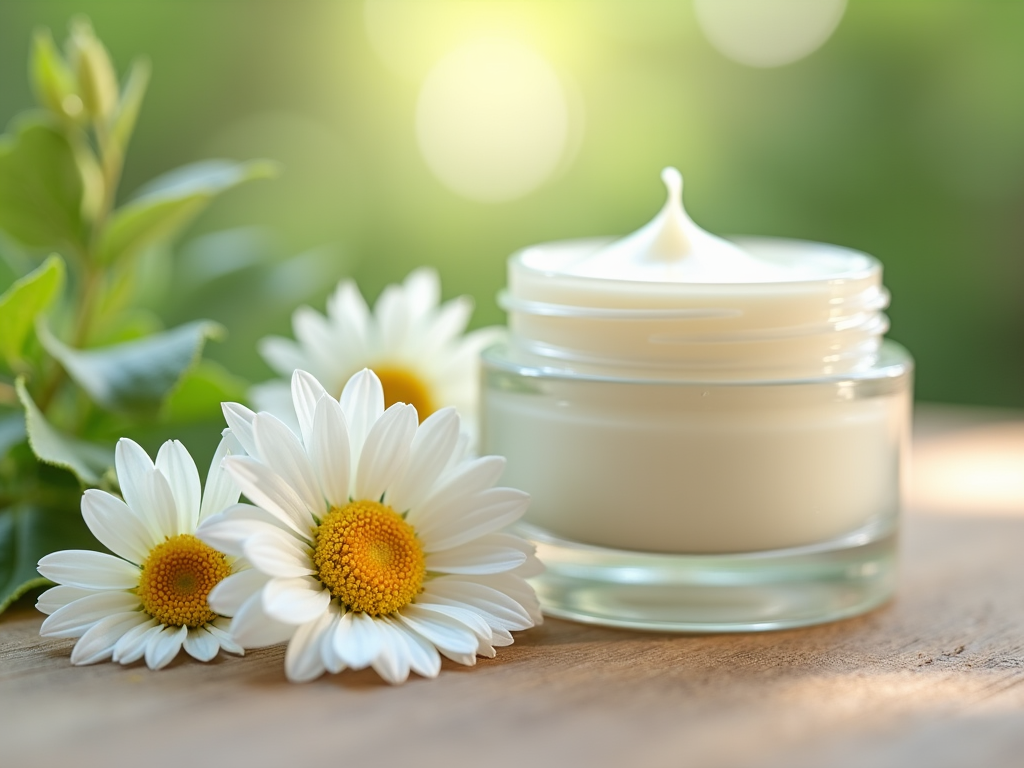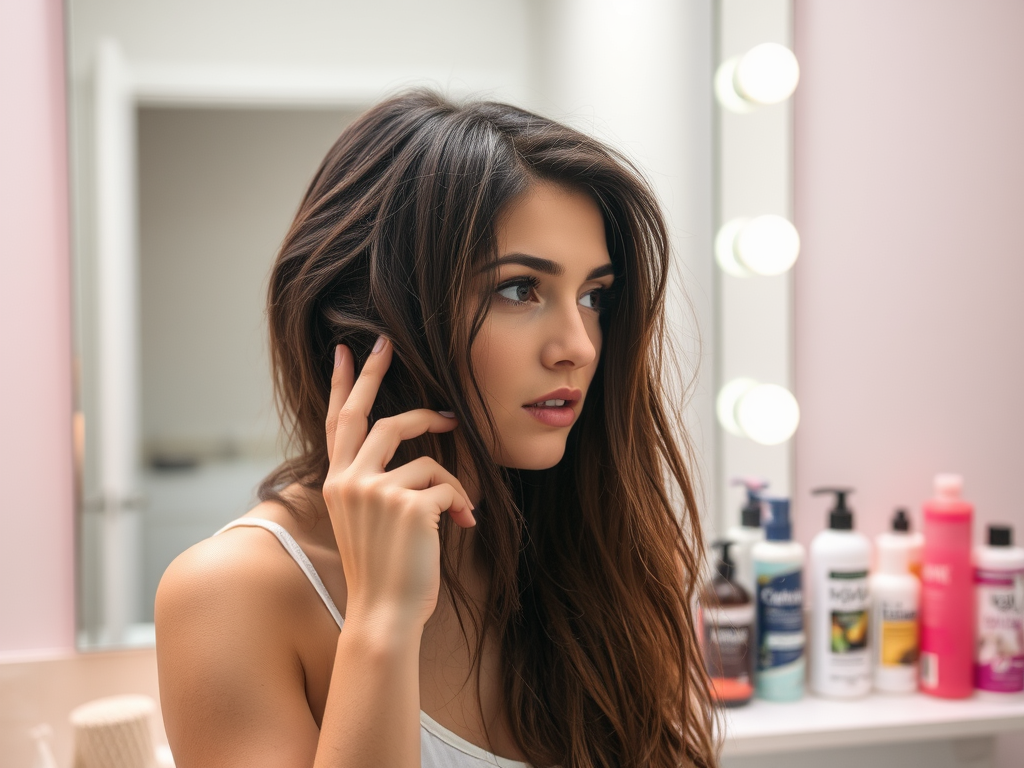Purple shampoo has become a buzzword in the hair care world, revered for its ability to tame unwanted brassiness in blonde and gray hair. As more and more individuals chase that perfectly vibrant locking hue, this product has found itself on bathroom shelves everywhere. However, if you have brown hair, you might be wondering whether this trendy product is a friend or foe. Is it really safe to use purple shampoo on darker shades, and what potential risks should you be aware of? In this article, we will dive deep into the essence of purple shampoo, its implications for brown hair, and considerations to make an informed decision.
What is Purple Shampoo?
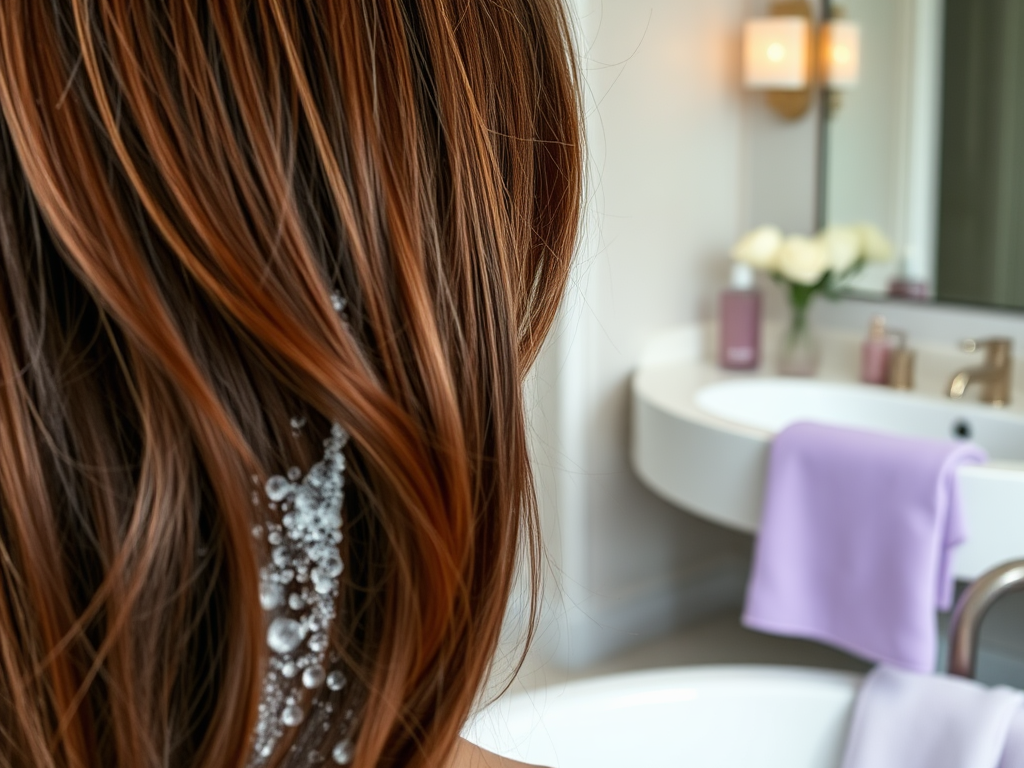
Purple shampoo is a specially formulated cleansing product designed to neutralize brassiness in hair. Its primary ingredient is violet pigments, which work based on the principles of color theory. These pigments are effective in counteracting yellow and brassy tones that can develop in lighter shades of hair. For those who have blonde or gray hair, purple shampoo helps maintain a cooler, more balanced color. Additionally, many purple shampoos contain beneficial ingredients like essential oils and conditioners, promoting healthier hair while tackling unwanted hues.
The science behind purple shampoo involves the interaction of colors on the color wheel. In essence, purple sits opposite yellow on the color wheel; therefore, when applied to yellow tones in hair, it neutralizes the unwanted warmth. This process is particularly effective for blondes, as their hair can easily take on warm, brassy undertones. Understanding color theory lays the groundwork for grasping how purple shampoo influences different hair colors, which is crucial when considering its use on brown locks.
The Risks of Using Purple Shampoo on Brown Hair
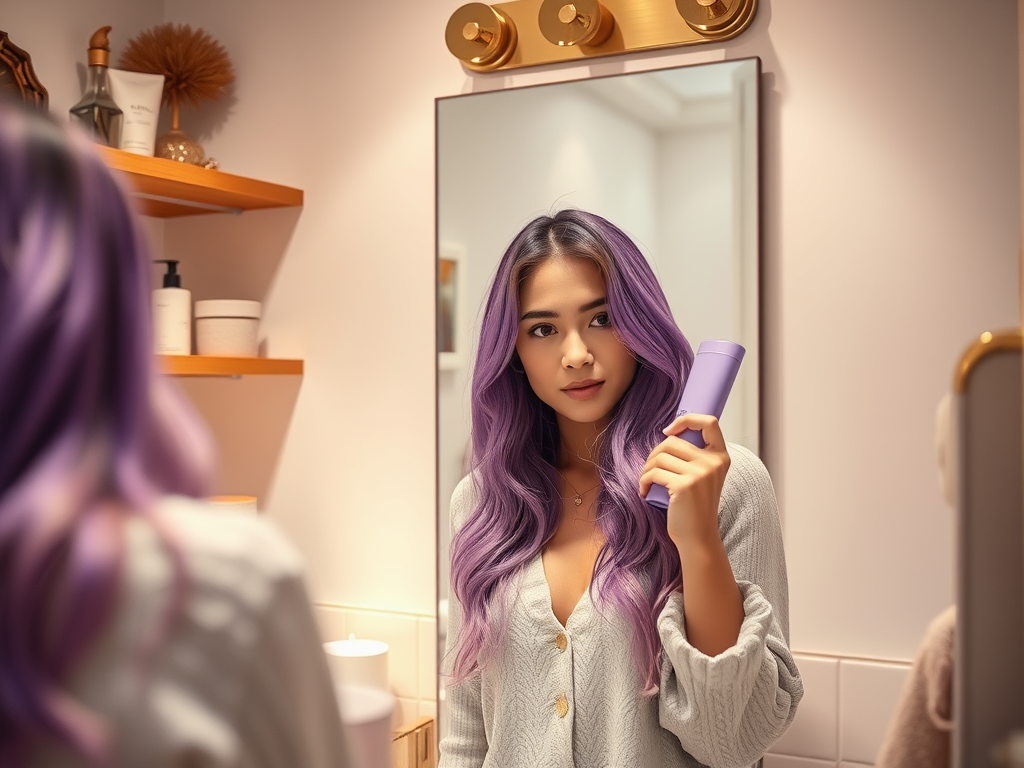
While purple shampoo is formulated to address specific color concerns, its use on brown hair can lead to different outcomes than anticipated. Users with brown hair may not experience the same benefits as those with lighter shades. The risks fall under the two main categories: potential color changes and hair health concerns.
Potential Color Changes
When brown-haired individuals use purple shampoo, there is a valid concern regarding color alteration. Due to the intensity of violet pigments, using purple shampoo could inadvertently shift the hue of brown hair. This is especially true for lighter brown shades, which may develop a subtle violet tint after using purple shampoo regularly. Here’s a list of potential color changes brown-haired users might experience:
- Brighter, cooler undertones that might not be desirable.
- Unexpected tints, such as lavender or ash, particularly in sunlight.
- Unwanted fading of natural warmth found in darker shades.
Hair Health Concerns
Beyond color changes, the health of the hair itself can be at risk with frequent use of purple shampoo. The cleansing agents in some formulations may be more aggressive compared to regular shampoo, leading to dryness and potential damage over time. This is particularly critical for those already struggling with dry or brittle hair. Here’s how these issues manifest:
- Increased dryness and brittleness in the hair fibers.
- Excessive stripped moisture content.
- Higher likelihood of split ends and breakage.
| Description | Type of Hair | Effect of Purple Shampoo |
|---|---|---|
| Blonde | Light blonde to dark blonde | Neutralizes brassiness effectively |
| Gray | All Shades | Brightens gray tones |
| Brown | Light to Medium Brown | May result in unwanted violet tint |
| Dark Brown | Very Dark Brown | Minimal effect; usually safe |
Determining Whether Purple Shampoo is Right for You
Not all brown hair is created equal. Making an informed decision about using purple shampoo involves understanding your specific hair type and needs. Various factors like hair structure, thickness, and existing coloring play substantial roles in how an individual’s hair might react. Here are some considerations to keep in mind:
Hair Type Considerations
- Straight hair may benefit differently than wavy or curly hair due to texture and porosity.
- Fine hair can absorb pigments more readily than thick hair.
- Previously color-treated hair may react unexpectedly to purple shampoos.
Recommended Usage Practices
To minimize the risk of unwanted outcomes, consider these usage practices:
- Limit usage to once every 1-2 weeks, based on hair needs.
- Always perform a patch test to gauge how your hair responds.
- Follow with a moisturizing conditioner to counteract any drying effects.
Conclusion
Understanding whether purple shampoo is bad for brown hair hinges on various factors unique to each individual. While it can provide benefits in specific scenarios, the risks associated with color alterations and hair health cannot be overlooked. Knowledgeable usage based on your hair type and condition is key to making an informed decision. Always prioritize hair health and consult with a professional stylist if unsure.
Frequently Asked Questions
- Can purple shampoo be used on all shades of brown hair? Purple shampoo is generally safe but may not be suitable for very dark shades of brown.
- What happens if I accidentally leave purple shampoo on too long? Leaving it on too long can result in a violet tint, especially on lighter brown shades.
- Are there alternatives to purple shampoo for brown hair? Yes, color-safe shampoos or those specifically designed for brown hair can be great alternatives.
- How often should I use purple shampoo if I have brown hair? It is typically recommended to use it once every 1-2 weeks, depending on the specific product and hair type.
- Will purple shampoo strip my hair of color? While it won’t strip color as bleach would, overuse can alter the intended shade.
